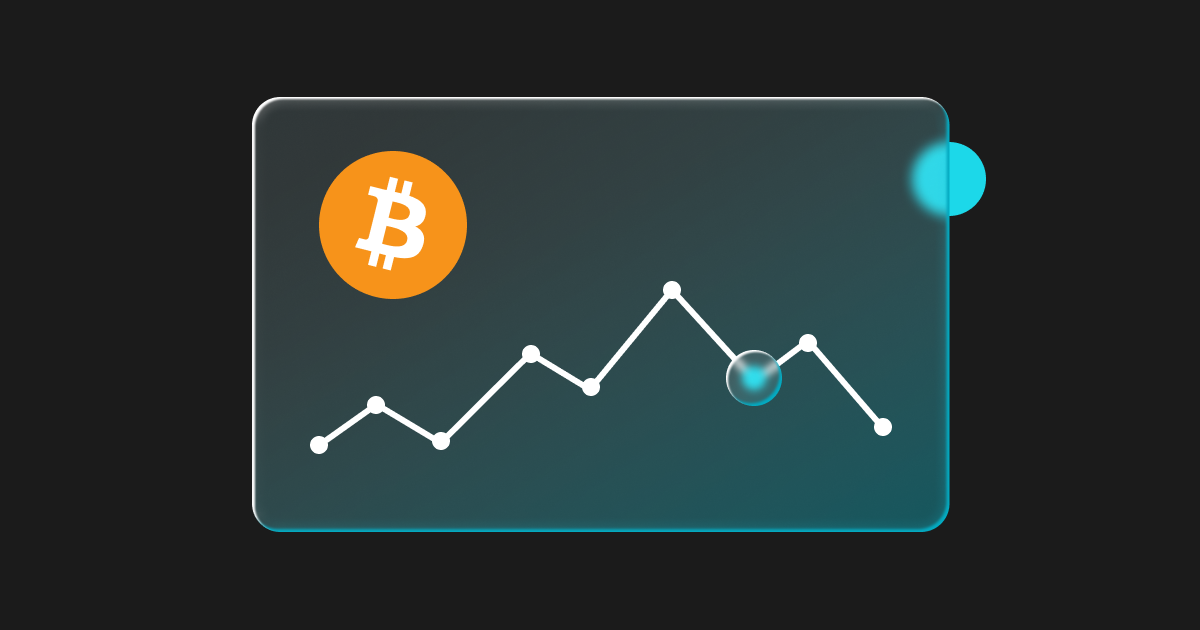Starknet minting vote will be gasless with new governance protocol
For the first time, participants in decentralized autonomous organizations (DAOs) and other blockchain communities can vote onchain without paying gas fees.
According to a press release shared with Cointelegraph, the launch of Snapshot X, a new governance protocol built on Starknet’s rollup technology, will facilitate this.
The protocol aims to solve the cost and inefficiency of governance, moving away from centralized offchain voting while removing costs associated with onchain voting.
In a written QA with Cointelegraph, Eli Ben-Sasson, CEO of StarkWare and board member at the Starknet Foundation, stated that this would allow “many DAOs and other entities” to follow suit.
“Those with voting rights with DAOs that currently vote on-chain need never again be expected to pay gas fees to vote, which has been a very real phenomenon. Sometimes, people have been expected to pay 10-plus dollars just to vote – a real democracy turn-off.”
Related: Starknet rolls out parallel execution in latest update
How it works
Snapshot X utilizes Starknet tech and storage proofs to provide gas-fee voting that allows users to prove ownership of assets on one blockchain without moving them.
This process allegedly reduces costs and improves security, facilitating onchain governance on one blockchain while holding assets on another.
According to Jeremy Musighi, Snapshot Labs’ chief operating officer, the protocol features a modular design that offers “customizable, trustless, and decentralized voting.”
Related: Starknet set for first mainnet staking vote: What STRK holders need to know
The first vote on Starknet will be gasless
Starting on Sept. 10. the Starknet crypto community will be the first to use Snapshot X to vote on a staking proposal that will impact native STRK tokenholders.
STRK holders will decide on the minting mechanism for Starknet staking through a custom interface built on Snapshot X, while the Starknet Governance Hub facilitates the vote.
The staking vote is set to finish on Sept. 13 and will determine new token distribution, creation, and allowance of minting modification over time to ensure sustainability and balance.
Related: Starknet-based ZKX protocol shutters, blaming lack of users
Latest Starknet upgrade: Parallel execution
On Aug. 28, the layer-2 (L2) blockchain Starknet rolled out upgrade 0.13.2 , which introduced parallel execution to enable the simultaneous processing of multiple transactions.
As the first to issue this technology on an L2 network on Ethereum mainnet, Ben-Sasson expects it to become an “industry norm.”
The new tech addresses the limitations of sequential transaction processing, which traditionally results in bottlenecks during high demand for L2 networks.
Magazine: Help! My parents are addicted to Pi Network crypto tapper
Disclaimer: The content of this article solely reflects the author's opinion and does not represent the platform in any capacity. This article is not intended to serve as a reference for making investment decisions.
You may also like
U.S. Tech Tariff Exemptions Spark Crypto Surge

New spot margin trading pair — PROMPT/USDT!
